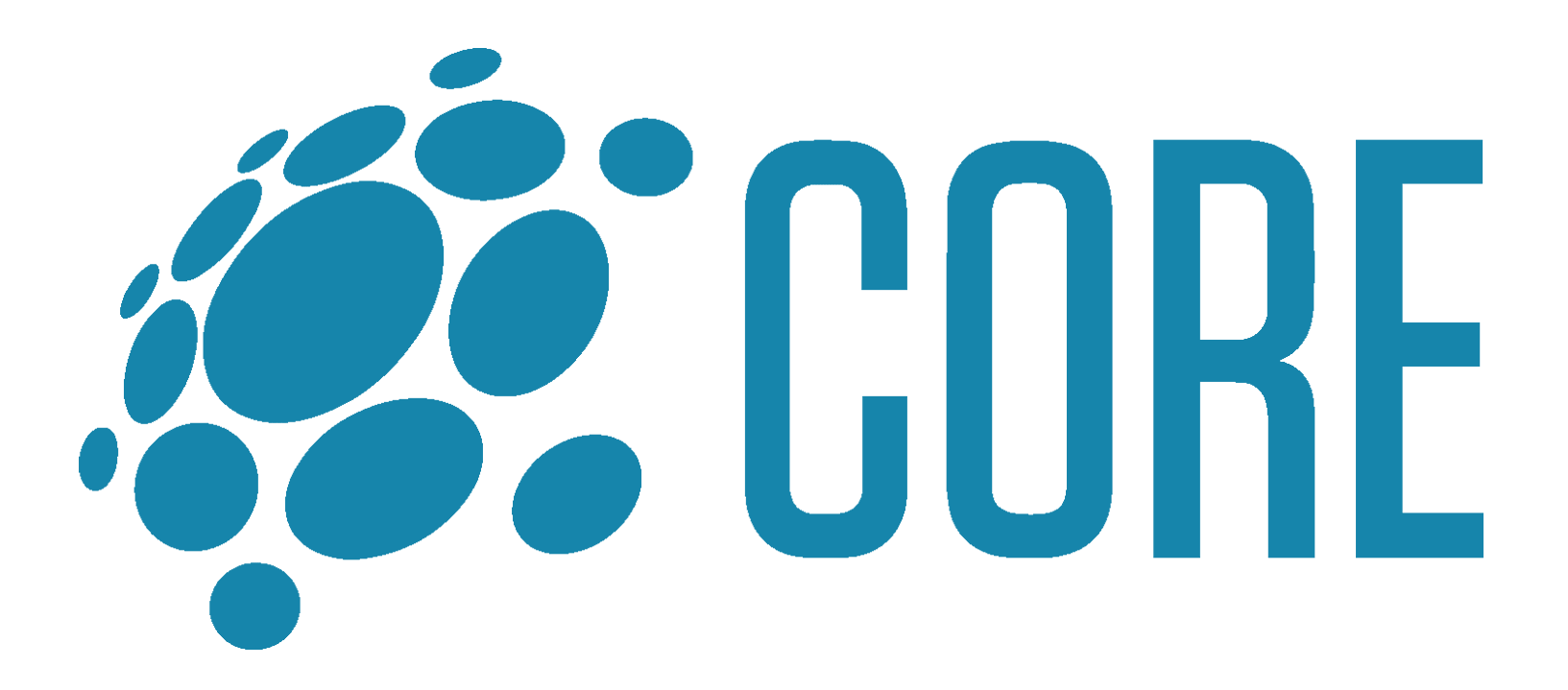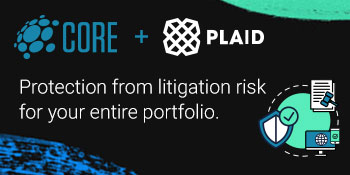Chromocell CEO Issues Letter To Stockholders
Author: Benzinga Newsdesk | April 09, 2024 08:40am
Dear Fellow Stockholders,
With my inaugural letter to stockholders, I am pleased to provide an update on our recent initial public offering ("IPO"), share our mission, outline the current status of our development programs, and discuss our growth and operational plans.
We successfully closed our IPO on February 21, 2024, raising gross proceeds of approximately $6.6 million. Notably, almost all shares of common stock held by 5% holders, directors and officers of the Company prior to the IPO are subject to formal lock-up agreements.
Additional key highlights since the close of the IPO include:
- All pre-IPO outstanding shares of Series A Convertible Preferred Stock ("Series A Preferred Stock") were converted into shares of common stock at a price of $4.98 per share.
- All pre-IPO debt under our senior secured convertible notes, in the principal amount of approximately $587,000, was converted into shares of common stock at $4.80 per share.
- We transferred $2.2 million in liabilities to Chromocell Corporation in exchange for 2,600 shares of Series C Convertible Redeemable Preferred Stock ("Series C Preferred Stock"). The Series C Preferred Stock is the only remaining outstanding series of the Company's preferred stock, has no dividend or voting rights and is convertible at a fixed price of $7.50 per share.
- Our CEO has agreed to further defer a considerable portion of his accrued compensation, affirming the belief in Chromocell's mission.
These and other actions the Company have taken since the close of the IPO have removed approximately $2.7 million of liabilities from the balance sheet.
We expect that the net proceeds from our IPO will allow us to focus on accelerating the development of a portfolio of non-opioid pain treatments and related therapies. Opioids effectively treat pain, but their use often leads to serious side effects, including addiction and mortality. Despite the explosive growth of opioid addiction and the ongoing suffering of many patients, there has been a lack of new pain treatment therapies. We intend to build a robust pipeline of products to address several pain indications with molecules that show no addictive or euphoric properties.
Our core development program targets the NaV1.7 sodium channel, as well as other receptors in the NaV family. NaV1.7 has been genetically validated as pain receptors in human physiology, and we have successfully conducted approximately animal models that demonstrated that blockage of NaV 1.7 channels showed significant pain reduction.
We have formally launched two programs as follows:
CC8464: Our lead compound to address certain types of neuropathic pain, CC8464, has completed Phase I safety trials. We conducted approximately ten (10) trials which demonstrated efficacy in a variety of different animal models as well as four Phase I trials involving approximately 200 patients. The Phase I results demonstrated no liver or renal toxicity, no central nervous system changes and no cardiovascular findings. With no central nervous system changes, patients did not report euphoric responses, indicating little likelihood of addictive properties and potential abuse.
The only side effect experienced among these four studies was an incidence of rashes in about 4% of the patients exposed, which resolved in all cases with topical steroids and/or topical antihistamines (with the exception of one patient requiring systemic steroids). As a result, in discussions with the U.S. Food and Drug Administration ("FDA"), we plan to launch a slow dose escalation study to further evaluate the incidence of rashes. By titrating the dose over nine weeks, we anticipate that we will reduce or eliminate this side effect. We expect that the slow dose escalation study will also help determine the need for dose escalation in the final treatment regime. Even if it is ultimately determined that we will need an escalation period for chronic pain treatment therapy, which patients could well take for the remainder of their lives, we do not believe the dose escalation approach is consequential.
Following the completion of the slow dose escalation study, we plan to commence a Phase II trial for the treatment of either of erythromelalgia ("EM") or a Phase II trial for idiopathic small fiber neuropathy ("ISFN"). Both are orphan indications for which we plan to apply for orphan drug designations. The orphan indication may decrease the scope of the ultimate development program that is necessary for approval and is associated with a marketing exclusivity period from the FDA along with some tax advantages.
The potential population for EM in the United States is estimated to be between 5,000 and 50,000 patients and the potential population for ISFN in the United States is estimated to be between 20,000 and 80,000 patients. In both instances, we expect patients would potentially take our drug for the remainder of their lives, and given the lack of good therapeutic alternatives, we expect to have a robust, ongoing, and durable market.
CT2000: Our newly launched program is for the potential treatment of both acute and chronic eye pain.
Current options for the treatment of ocular pain center on the use of corticosteroids and NSAID based therapeutics. These options suffer from sight-threatening complications such as Glaucoma and corneal melting, thus there is a large unmet need for other approaches. As an example of the potential patient population, we estimate that there are approximately 5 million cases of corneal abrasions per year in the United States. In addition, other potential indications associated with eye pain include:
- severe dry eye,
- side effects from photorefractive keratectomy (PRK) and pterygium surgery,
- Second eye cataract surgery,
- Neuropathic corneal pain
- Severe uveitis and severe iritis/scleritis.
As the NaV1.7 receptor is present on the cornea and is a viable biological target for treating eye pain, we believe that we have a sound scientific basis for our ability to treat a multitude of eye pain indications.
We have recently hired Dr. Simon Chandler, an expert with more than 30 years of experience in managing ophthalmic drug development programs and, notably, has gained FDA approvals in ocular pain indications.
We are in the process of formulating CT2000 eye drops and expect to move into animal toxicity studies in the second half of 2024. From there, we intend to move into proof-of-concept studies in humans in Australia.
Other Indications: We are exploring other exciting delivery methods and pain indications that we believe might considerably expand our target market in the pain treatment space.
As a company, we have prioritized fiscal responsibility, operating leanly with four employees and utilizing consultants and CROs for additional work as needed. Additionally, we are availing ourselves of a significant 43.5% tax credit on clinical expenses by completing as much of our development work and trials in Australia as possible.
We have launched a strategic initiative to secure non-dilutive, strategic capital options, including the potential out-licensing of, or entering into joint ventures for our proprietary drug compound for certain indications in certain markets. We believe that an increased focus on pain treatment therapeutics in the industry, combined with the need amongst generic producers for proprietary programs, make us an attractive candidate for this type of relationship.
One final note with respect to our annal audit and the filing of our Annual Report on Form 10-K for the year ended December 31, 2023 (our "10-K"). The close of our IPO on February 21, 2024, in which our staff, auditors and lawyers were heavily engaged, was the sole cause of the delay in the filing of our 10-K by the prescribed due date. We do not expect any issues with filing our 10-K prior to the fifteenth day following the prescribed due date, as permitted by our filing of a Form NT with the SEC and SEC rules. Going forward, we plan to timely file our quarterly and annual reports for each reporting period.
We truly feel that our IPO and recent therapeutic development activities have positioned Chromocell for long term growth and success. I wish to thank you for your support and remain a resource to each of you as we move forward.
Sincerely,
Frank Knuettel II
CEO, Chromocell
Posted In: CHRO




